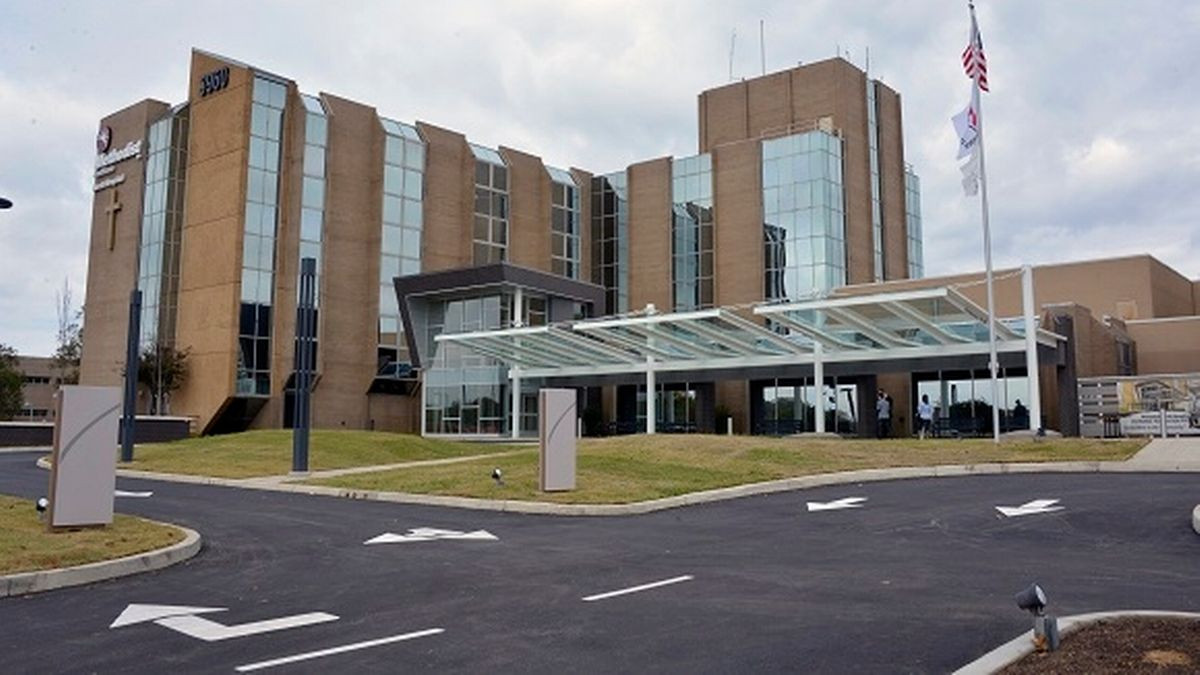Breaking News
WHO Issues Fresh Guidelines As Countries Ease Lockdown
As the coronavirus began to spread around the world, a global shortage of masks and other protective equipment emerged, especially for frontline medical staff.

How those supplies are used is crucial, experts say. Based on current evidence, SARS-CoV-2, the virus that causes COVID-19, is most frequently transmitted between people via droplets when an infected person breathes out, coughs or sneezes, and can also spread via contaminated surfaces such as door handles.
For the general public, basic preventive measuresinclude keeping a safe distance of 1 to 2 metres, washing hands with soap for 20 seconds or using a hand sanitiser, wearing a face mask if crowded situations cannot be avoided and not touching one’s eyes, nose, and mouth.
In hospitals and other frontline medical scenarios, however, the guidelines are much more complex – and the personal protective equipment (PPE) much more robust.
The World Health Organisation (WHO) has issued specific recommendations for these situations, aimed at both protecting workers and preserving gear for where it is needed most. In the hospital: The WHO considers protection of frontline health workers to be paramount and recommends PPE should be prioritised for health care workers and others caring for COVID-19 patients.
This equipment includes gloves, goggles, face shields, aprons, and gowns. It includes medical or surgical face masks as well as masks with higher filtering capabilities, often referred to as “respirators”. Those types of masks are especially important during medical procedures that require close contact with patients and generate aerosols, such as ventilation and intubation, as this increases the risk of airborne transmission.
Points of entry: As the virus spread around the world, airports, ports, and other border entry points became a focus in the fight against the virus. However, only certain types of PPE are recommended and in specific situations, according to WHO guidelines.
Home care: In some countries, those with mild symptoms are advised to stay home and monitor developments rather than using hospital resources and risk further exposure to themselves and others. In other situations, the patient may not be able to visit a hospital.
Rapid-response team: Some countries deploy teams to rigorously conduct contact tracing of confirmed cases to minimise the spread of the virus. This technique is believed to have reduced transmission in some Asian countries such as Hong Kong, Singapore, South Korea, and Vietnam.





